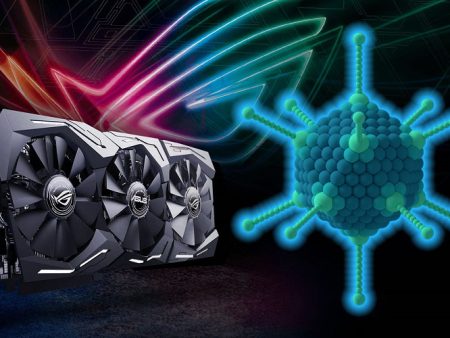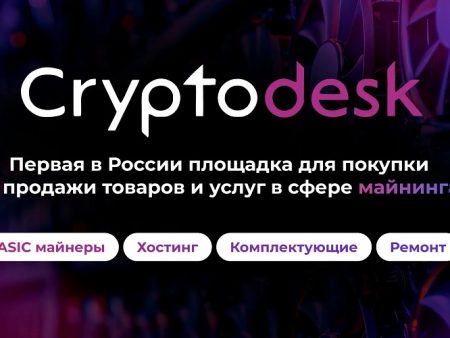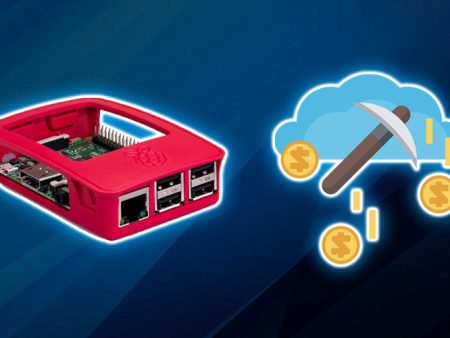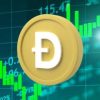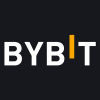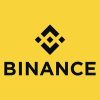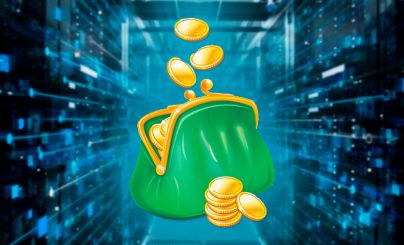
The history of digital assets began in 2008 with their creator, Satoshi Nakamoto, who posted a description of the Bitcoin network to the public. Already in September 2009, the first virtual coin was exchanged for fiat. The article describes the mechanism of mining digital koins and who pays for l'exploitation minière cryptocurrency.
The essence of mining
The word “mining” is translated from the English mining as “mining”, “mining”. This includes creating new coins and verifying transactions with already mined digital assets. This is done in a decentralized manner – there are no regulators and no single servers for storage. Transactions and calculations take place within a network formed by users’ computers around the world. Their task is to verify and protect everything that is entered into the registry.
Blockchain
This is the name of a decentralized data registry for recording and storing information on multiple servers (computers) simultaneously. The word itself is a transliteration of the English blockchain. Each subsequent fragment of the record is linked to the previous one, and correction of one symbol leads to changes in the whole chain. As new information becomes available, links are added and data is updated on all nodes (copies scattered across the network).
Before a new block can be included in the registry, it must be confirmed by a majority of the network. This makes it difficult to hack and manipulate cryptocurrency. You cannot add arbitrarily written code to the database or reuse a coin in a single transaction: such operations will be blocked.
Thousands of transactions are conducted daily through the blockchain – users change, sell and buy cryptocurrency. When this happens, a commission is deducted, which is not deposited in the system, but is distributed among network participants as a reward for confirming transactions. All of this is entered into the registry as blocks of information confirmed by users – that’s what bitcoin and other asset miners are paid for.
Reward for computing
In addition to earning money from validating transactions, cryptocurrency is mined by calculating. For calculating and adding each block to the register, the system mints a certain number of coins. They are received by the one who mined the information and replenished the blockchain with it. To do this, it is necessary to solve a complex task offered by the network.
5020 $
bonus pour les nouveaux utilisateurs !
ByBit fournit des conditions pratiques et sûres pour l'échange de crypto-monnaies, offre des commissions faibles, un niveau élevé de liquidité et des outils modernes pour l'analyse du marché. Il prend en charge le trading au comptant et avec effet de levier, et aide les traders débutants et professionnels grâce à une interface intuitive et des tutoriels.
Gagnez un bonus de 100 $
pour les nouveaux utilisateurs !
La plus grande bourse de crypto-monnaies où vous pouvez rapidement et en toute sécurité commencer votre voyage dans le monde des crypto-monnaies. La plateforme offre des centaines d'actifs populaires, des commissions faibles et des outils avancés pour le trading et l'investissement. La facilité d'inscription, la rapidité des transactions et la protection fiable des fonds font de Binance un excellent choix pour les traders de tout niveau !
The amount of digital currency in one block varies – it depends on the system. In the table – the difference between the features of bitcoin and etherium mining.
| Paramètres | Bitcoin | Ethereum |
|---|---|---|
| Quantity | 21 million | Not set |
| Reward per block | Reduces by 50% every 210,000 blocks (as of 2022 was 6.25 BTC) | Variable depending on system requirements |
| Generation of new registry sections (frequency) | 10 minutes | 15 seconds |
At the very beginning of the birth of mining, a home computer was sufficient for computing. With each block found and added, the solutions became more complex and the power requirements multiplied.
Now a PC with a simple video card is not enough to mine coins. This was one of the reasons why prices for computer hardware began to rise faster than usual. Miners are buying up video cards and integrated circuits (ASICs) to increase power, causing shortages.
Auteur : Saifedean Ammous, expert en économie des crypto-monnaies.


